Production and maintenance of snow bonsai in June
Have you ever heard of June snow? Although it is not common to snow in June, we can still see this kind of flower. June snow is a small evergreen shrub of Rubiaceae. It blossoms in June. From a distance, it looks like snow in silver, like snow in June, elegant and lovely, hence its name. The following editor lends you how to do the production and maintenance of snow bonsai in June?
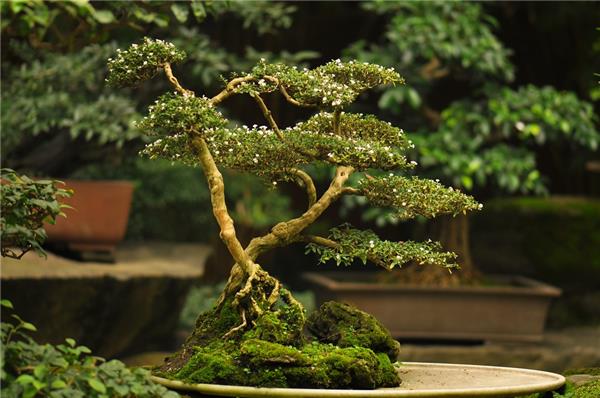
A brief introduction to June Snow
Belongs to Rubiaceae, June snow genus. Shrubs evergreen with numerous and dense branches. Leaves small, opposite, slightly leathery, ovate or long oval, entire, surface dark green. From June to July in summer, axillary or terminal white florets, white with reddish or pinkish purple, solitary or fascicled, Corolla funnel-shaped. When in full bloom, it is like snowflakes scattered, hence the name "June Snow".
June snow like the sun, but also more resistant to shade, avoid strong winds and hot sun, high temperature and hot season should be shaded. Snow planting in June should be planted in spring, or cut in yellow plum rain, and shallow tea should be watered. It is not strict on temperature. It is evergreen in South China and semi-evergreen in Southwest China. The drought tolerance is strong, and the soil is not strict. Snow pot cultivation in June should use slightly acidic and moist soil containing humus, loose and fertile, strong permeability to make it grow well.
The production of snow bonsai in June
The production of snow bonsai in June needs to go through the following stages: pile source, processing modeling, transplanting on the basin, water and fertilizer management, light and temperature requirements, basin turning and pruning, pest control. At present, there are two common varieties of June snow on the market: one is clumpy, the flower is reddish, and the flower is shaped like a trumpet, which is inferior; the other is a small single-stem tree with pure white flowers and double petals.
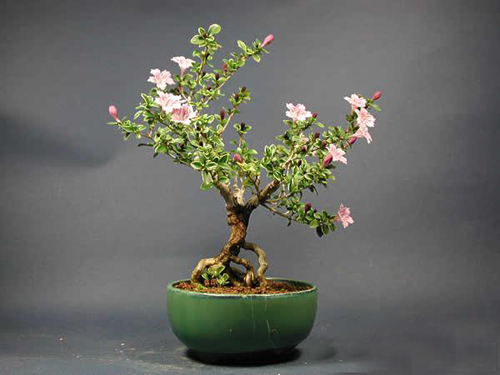
The main results are as follows: 1. The source of pile material: ramet propagation was carried out in March and cuttage propagation was carried out from April to October.
2. Processing modeling: it can be processed by "wood cutting and drying method", or by "cutting and binding method". Banding is usually carried out from semi-deciduous leaves in winter to sprouting in spring, the trunk and branches of June snow are tied with wire, and the branchlets are finely trimmed and shaped.
3, transplanting on the pot: it is appropriate to carry on in 2-3 months, choose the lighter purple sand basin or glaze basin, the basin color should be a little darker, contrast with the flower color. The basin soil is required to be a sandy loam rich in organic matter, loose and fertile, with good drainage and air permeability.
4. Light and temperature requirements: during the snow growing season in June, it should be placed in a sunny, warm, humid, well-ventilated place, shaded by 50% of the sun in early summer and autumn, and kept at room temperature of 5-12 ℃ in the north in winter.
5, water and fertilizer management: snow bonsai growing season in June should be often watered, not too dry and wet for a long time, spray water to the leaf surface 1-2 times a day in summer, reduce watering times in winter, and keep the basin soil moist and slightly dry. 0.5% phosphate and potassium fertilizer solution is applied 2-3 times a year from April to May, and thin organic fertilizer solution is applied 1-2 times in Ladong, which is not suitable for other seasons. Avoid applying thick fertilizer.
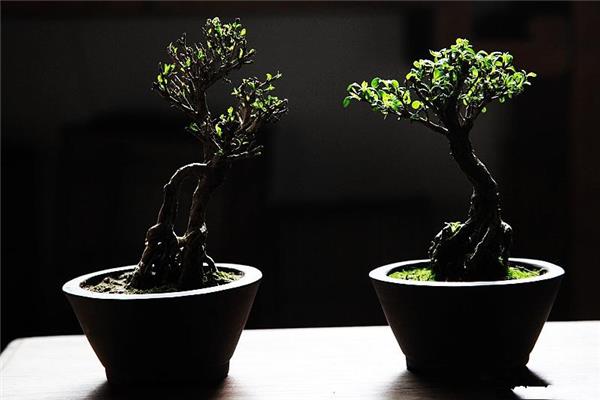
6. Turning the basin and pruning: turn the basin once every 1-2 years, in the spring from February to March or late autumn, remove all the old soil and trim the roots properly. It can be combined with turning the basin to lift the root to form a hanging root to improve the ornamental value. After the semi-deciduous leaves in winter to the sprouting of the following spring, plastic pruning is carried out, cutting long and ungrown branches, thinning the thin and weak branches that are too dense, cutting off the branches of diseases and insect pests and other messy branches that affect the ornamental; coring, wiping buds, removing branches and so on are carried out at the right time during the growing period. to keep it in a beautiful shape.
7. Pest control: there are occasional aphids and snails in snow bonsai in June. Aphids can be sprayed with wind oil essence diluted 500,600 times, and snails can be sprayed with 58% wind and lightning excited EC 1500 times. Sometimes you will get root rot. At the beginning of the disease, use 12% oleic acid copper EC 600-1000 times, or 50% root rot 800 times solution to control the root and foliar spray, spray (irrigation) once every 3-5 days, continuous spray (irrigation) 3-4 times.
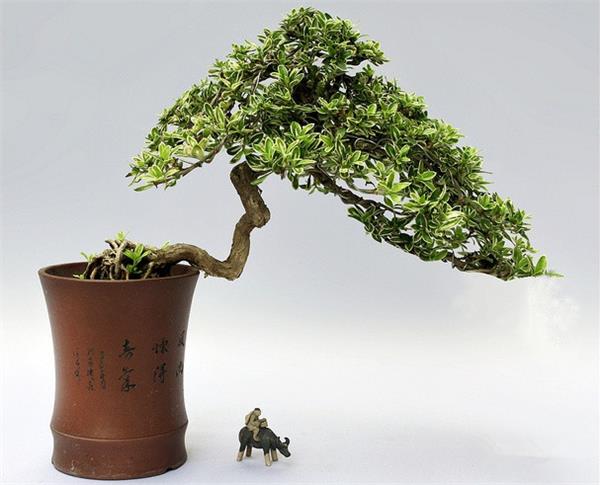
Maintenance skills of snow bonsai in June:
The production of snow bonsai in June is more time-consuming, so we should not be careless in maintenance, otherwise it will affect the beautiful effect of bonsai. Only by understanding the growth habits of snow in June can we better maintain it.
June snow like the sun, but also more resistant to shade, avoid strong winds and hot sun, high temperature and hot season should be shaded. Snow planting in June should be planted in spring, or cut in yellow plum rain, and shallow tea should be watered. It is not strict on temperature. It is evergreen in South China and semi-evergreen in Southwest China. The drought tolerance is strong, and the soil is not strict. Snow pot cultivation in June should use slightly acidic and moist soil containing humus, loose and fertile, strong permeability to make it grow well.
Snow bonsai cultivation in June must choose soft mountain soil, should be placed in the sun, can not be kept indoors for a long time. Fertilizer should be applied twice during the growing period, and the basin soil should be dry. Too much fertilizer and too much water will lead to excessive growth of branches and leaves. In addition, in order to ensure that the snow bonsai plants in June are symmetrical and plump, they also need to be trimmed and reshaped for artistic processing.
The snow bonsai in June should be in a fixed position and should not be moved from east to west. June snow pays attention to light. In summer, it is necessary to shade the sun in the hot sun, keep ventilated, spray water to its leaves once or twice a day, and maintain air humidity. In cold winter, straw can be slightly bandaged (about-10 ℃) to avoid freezing to death.
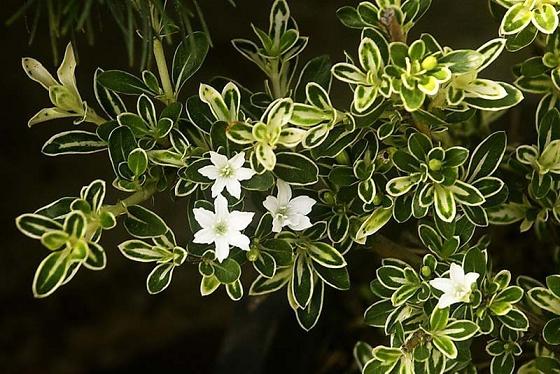
This is the end of the knowledge about the production and maintenance of snow bonsai in June. I don't know how much you know. If you are interested in the production of snow bonsai in June, you can also do it yourself and trim your own shape, which is even more interesting.
It should be placed in the sunny place, not indoors for a long time. Fertilizer should be applied twice during the growing period, and the basin soil should be dry. Too much fertilizer and too much water will lead to excessive growth of branches and leaves. In addition, in order to ensure that the snow bonsai plants in June are symmetrical and plump, they also need to be trimmed and reshaped for artistic processing.
The snow bonsai in June should be in a fixed position and should not be moved from east to west. June snow pays attention to light. In summer, it is necessary to shade the sun in the hot sun, keep ventilated, spray water to its leaves once or twice a day, and maintain air humidity. In cold winter, straw can be slightly bandaged (about-10 ℃) to avoid freezing to death.

This is the end of the knowledge about the production and maintenance of snow bonsai in June. I don't know how much you know. If you are interested in the production of snow bonsai in June, you can also do it yourself and trim your own shape, which is even more interesting.
Related
- Wuhan Hospital Iron Tree Blooming Result Was Instantly Frightened by the Gardener Master
- Which variety of camellia is the most fragrant and best? Which one do you like best?
- What is the small blue coat, the breeding methods and matters needing attention of the succulent plant
- Dormancy time and maintenance management of succulent plants during dormancy
- Minas succulent how to raise, Minas succulent plant pictures
- What are the varieties of winter succulent plants
- How to raise succulent plants in twelve rolls? let's take a look at some experience of breeding twelve rolls.
- Attention should be paid to water control for succulent plants during dormant period (winter and summer)
- Watering experience of twelve rolls of succulent plants
- Techniques for fertilizing succulent plants. An article will let you know how to fertilize succulent plants.



